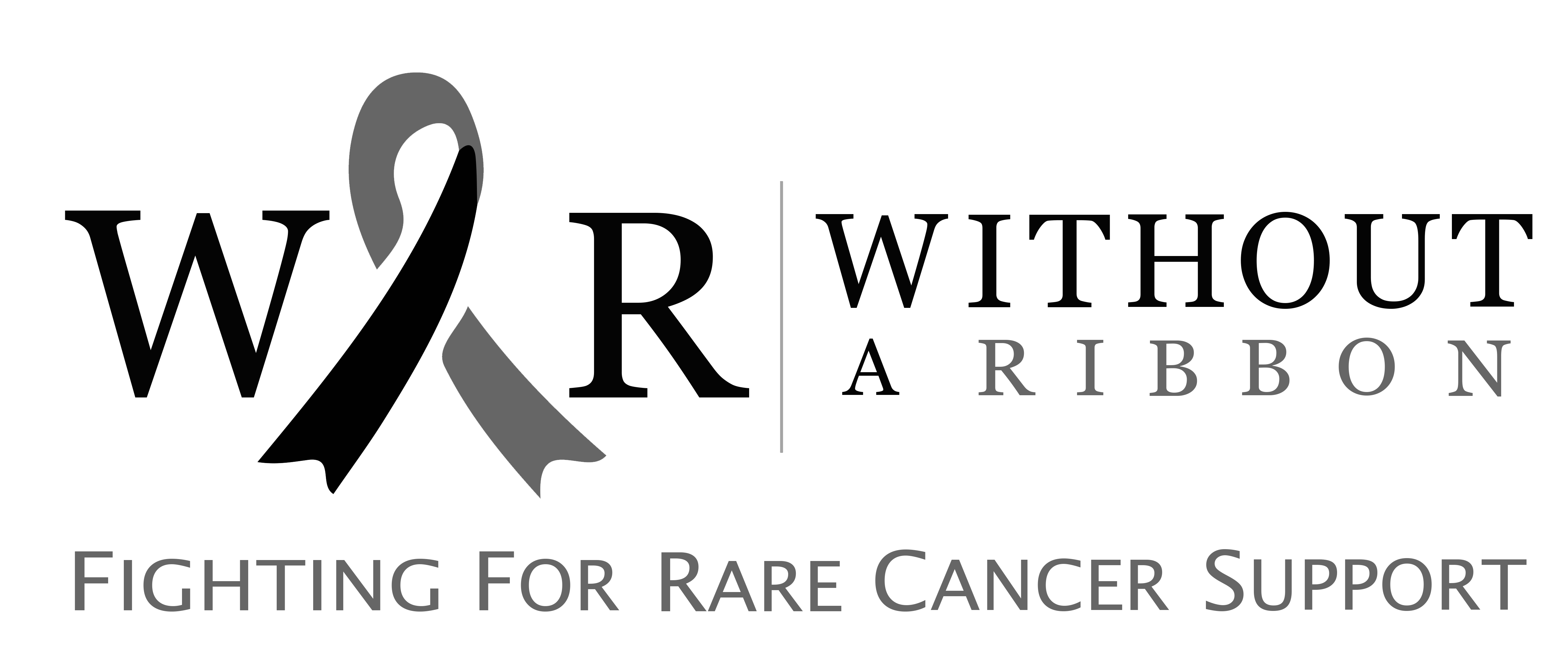What is Infantile Fibrosarcoma?
Infantile Fibrosarcoma is a very rare soft tissue cancer that usually develops in children under 1 year of age, but can also develop in children between 5 and 10 years of age. This is usually a large and rapidly growing tumour that can occur anywhere on the body but usually develops in the extremities (limbs). Fibrosarcoma is a rapidly growing and spreading soft tissue tumour of the connective tissue. It may be present at birth or it may develop after birth.Disease Epidemiology
Among all soft tissue sarcomas, the incidence of pediatric fibrosarcoma is 24.5%. This is a malignant tumour of childhood; the average age of onset is 3 months. Its relapses are common, but metastases to other parts of the body are rare.Disease Etiology (Causes)
There is no known cause; however, some chromosomal and genetic abnormalities are believed to be responsible for the development of childhood fibrosarcoma. Signs and symptoms The patient may suffer from the following signs and symptoms. These are;- A painless or tender mass at the extremity or trunk
- Swelling or pain in arms and legs muscles
- Swelling of the affected tumour area
- Difficulty in walking or doing any physical activity or holding things
Diagnosis
The following diagnostic tests and procedures can be used to make a diagnosis. These are- Complete blood count (CBC)
- Definite diagnostic tests to diagnose infantile fibrosarcoma are tumour biopsy and histopathology, Fine needle aspiration cytology, and cytogenetic study of the specimen. Radiological techniques like CT scan, MRI, USG, and X-ray also recommended locating the size and site of the tumour.
Treatment
The choice of treatment depends on various factors, such as the age of the child, the site and size of the tumour, sensitivity to a particular treatment, and readiness for a particular treatment option. There are the following treatment options;- Surgical removal of the tumour is the main treatment option where the tumour is confined to its site of origin.
- In advanced metastatic cases, when the tumour grows in size and spreads to the nerves and blood vessels, rotationplasty of the limb (partial amputation) or amputation is the main treatment to stop the spread of the tumour to distant parts of the body.
- Surgical removal of the tumour with adjuvant radiation or chemotherapy
- Chemotherapy or radiation therapy in advanced distant metastatic cases


